10 years ago, the Internet Archive made an announcement: It was possible for anyone with a reasonably powerful computer running a modern browser to have software emulated, running as it did back when it was fresh and new, with a single click. Now, a decade later, we have surpassed 250,000 pieces of software running at the Archive and it might be a great time to reflect on how different the landscape has become since then.
Anyone can come up with an idea, and the idea of taking the then-quite-mature Javascript language, universally inside all major browsers and having it run complicated programs was not new.
With the rise of a cross-compiler named Emscripten, the idea of taking rather-complicated programs written in other languages and putting them into Javascript was kind of new.
That all being the case, the idea of taking a by-then 20-year-old super-emulator called MAME, using Emscripten to cross-compile it into Javascript, and then running the resulting code in the browser at Internet Archive to make computers and consoles run, was very new.
It was also, objectively, madness.
Well over a thousand hours of work went into the project from a very wide range of volunteers who poured galactic amounts of time into making the project a reality. Along the way, changes were made to Emscripten, the Firefox, Internet Explorer, and Chrome Browsers, MAME, and the Internet Archive’s codebase to accommodate this dream.
It was announced in the Fall of 2013, well over a year after the project started.
Additional announcements came with each expansion of the types of software being emulated, and it became huge news, leading to millions of visitors coming to try this it out.
By any measure, a quarter of a million items later, it has been a huge, huge success.
The rest of this blog entry is pretty pictures and beautiful links, but before we move on, it’s once again important to highlight people who provided major contributions, including Justin Kerk, Daniel Brooks, Vitorio Miliano, James Baicoianu, John Vilk, Tracey Jaquith, Jim Nelson, and Hank Bromley. Dozens more developers spent evenings, weekends, and months to make this system happen. Thank you to everyone involved.
The joy of watching a computer boot up in the browser was (and is) a miraculous feeling. And after that feeling, comes a quick comfort with the situation: Of course we can run computers inside our browsers. Of course we can make most anything we want run in these browser-based computers. What’s next?
Within a short time after our 2013 announcement, the archive was running hundreds, then thousands of individual programs, floppy disks and even cassette-based software from computing’s past.
As emulators besides MAME were added, it became necessary to create a framework for a versatile and understandable method to load emulators. This framework eventually got a name: THE EMULARITY.
In the decade of the Emularity’s existence, the Archive’s software emulation has expanded into directions nobody could have fully expected to work when the project started.
Here are some highlights:
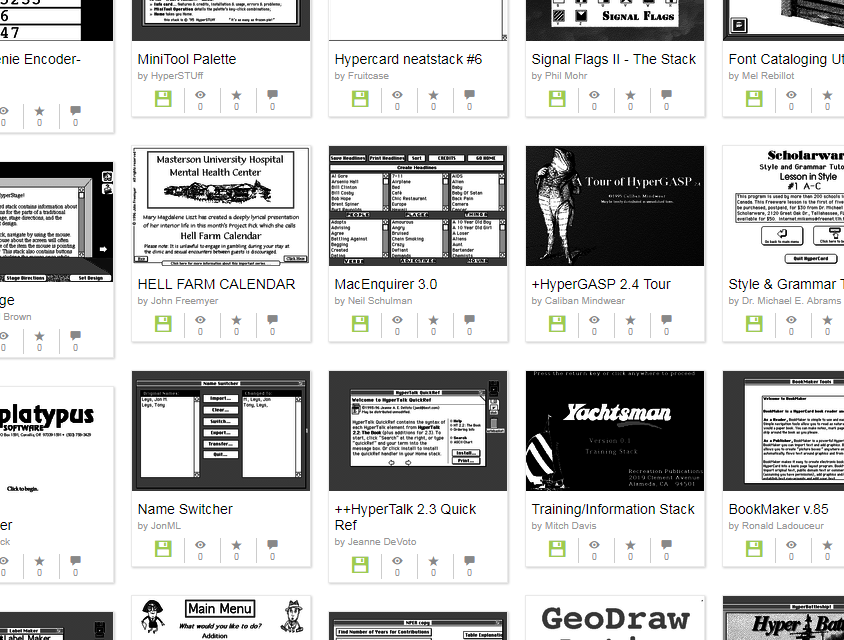
Hypercard Stacks for the Apple Macintosh, a critical period in content creation and computer information architecture, have been restored to easy access, surpassing thousands of hypercards to try instantly.
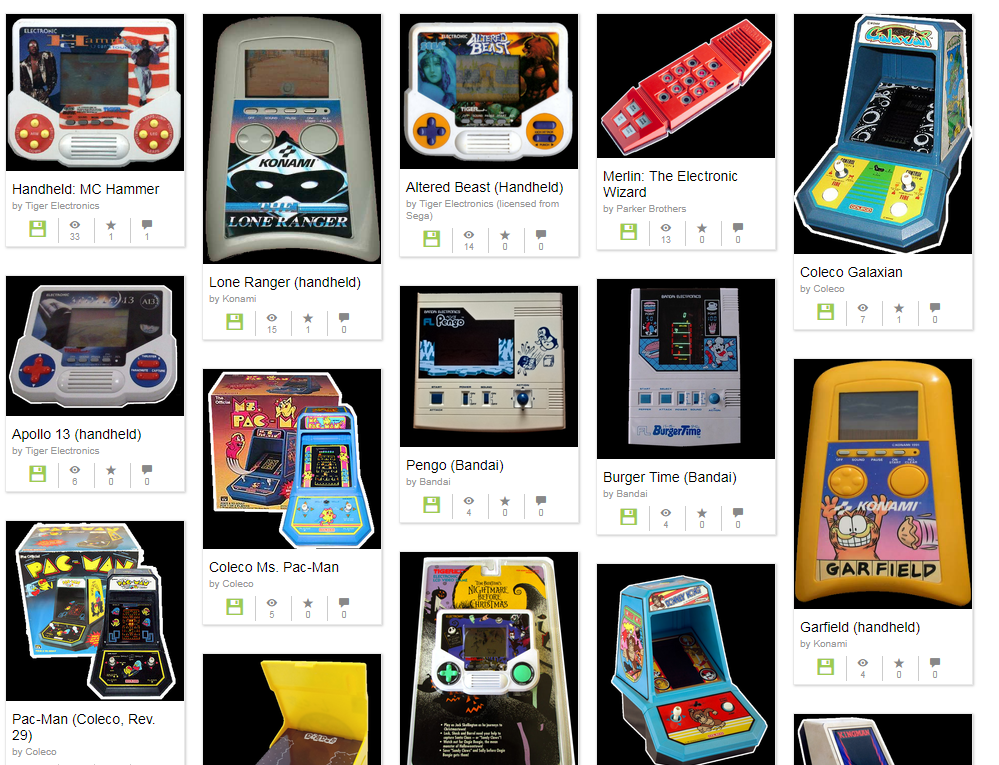
Plastic Electronic Handheld Games, once a staple of toys in the 1970s through the 1990s, have been able to live once again as, including the original housing that these simple (and not so simple) machines relied on instead of graphics.

As the uploads veered into the many thousands, it became more and more difficult for new adventurous users to figure out what, if any, software was at the archive to check out. This has led to specialized collections focused on one type of program, like the Computer Chess Club. People can use these collections as gateways to quickly testing the waters of now-decades of computer and software history, seeing the turns and twists of countless lost companies and individuals who squeezed every last bit of wonder and spectacle out of these underpowered boxes.

The Calculator Drawer took things to a new level when entire calculators could be emulated, including their unique looks, accompanied by a “drawer of manuals” to browse through if you had to learn (or re-learn) how to make these machines run.
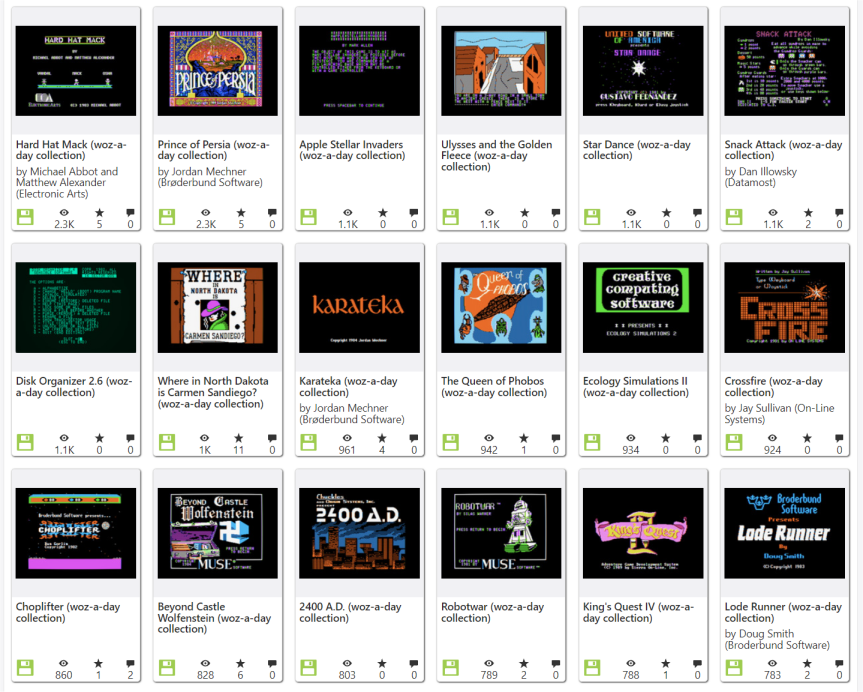
The Woz-a-Day Collection, in many ways, represents the logical end for the role that the Internet Archive’s Emularity can provide for software history. The project is the effort of the software historian 4am, who has spent years on its maintenance. Methodically preserving Apple II software from the original floppy disks, incorporating every last bit and track of the disks with no modifications, and allowing the best fidelity of these programs as they originally were offered, 4am allows some of these programs to be playable for the first time in decades.
With each new batch of added emulated systems and machines have come a greater and greater pool of users, toying with historical software or playing long-forgotten or never-remembered games with a new level of convenience and willingness to try them out.
At this milestone of a decade into this experimental adventure, Internet Archive continues to grow its collection, to test and automate the functioning of both uploaded and self-maintained collections of software, and to provide a vast and necessary service in the preservation of historical software.
And, of course, we all get to enjoy some really great games.
Here’s to what another ten years will bring us!


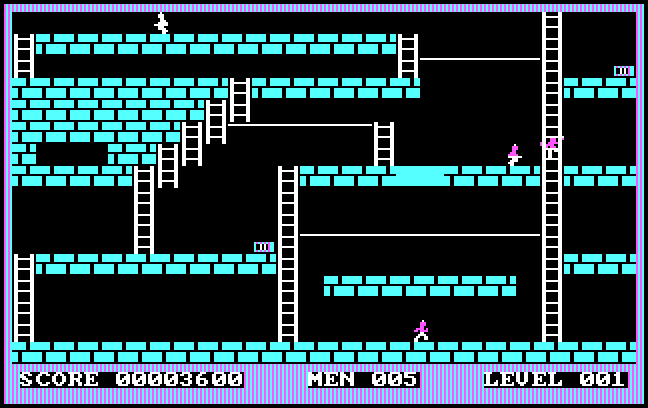

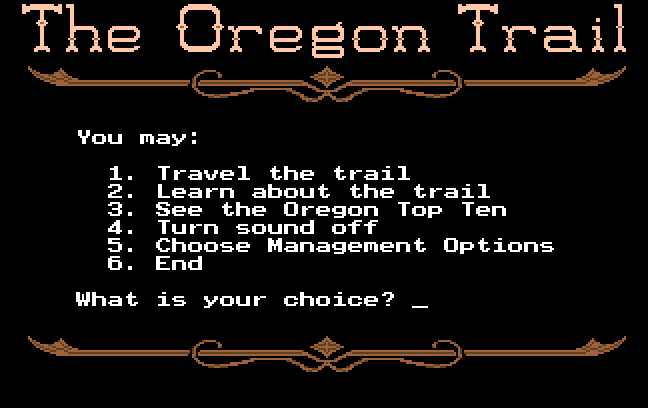
I have had endless fun messing about with the emulation and am hoping IA will turn its attention to another, complimentary technology.
Namely, a way for people to play these games without having to give up any time in the “real world.” You might start by taking a look at E-Space from the old Dr. Who serial (https://doctorwhoworlduk.com/espace) and going from there. The idea is that firing up an emulator on IA would automatically propel the user into a parallel universe where they may spend as much time as they like playing games, then pop back into our own universe at the same time they left.
(Of course, this is only a suggestion. I am sure whatever IA comes up with will be fine.)
You guys are amazing if you’ve pulled this off. My sound wasn’t working on my short trip with 2400AD from the woz collection. But it started. That’s pretty cool.